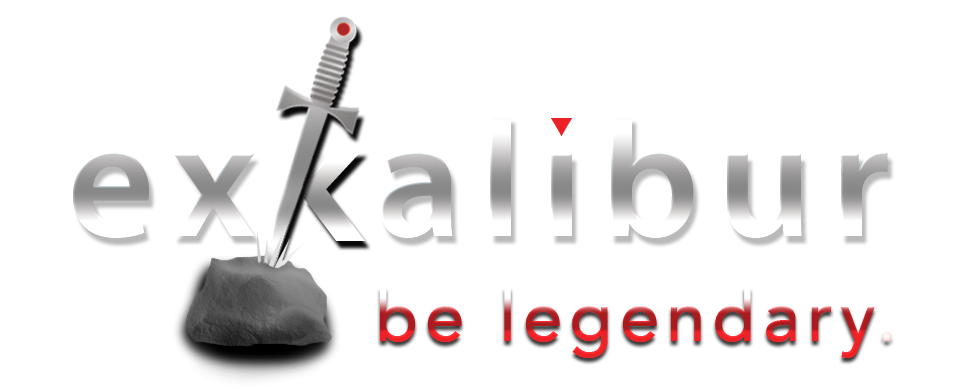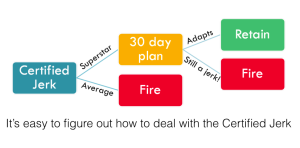Checklists? You mean those lists I prepare each day that don’t do anything to help my productivity? N o, it’s not that kind of checklist I’m talking about.

Are those the Checklists you mean?
Or … do you mean those checklists airline pilots use to keep me from getting killed?
Now, those I like. I like the ones that keep doctors from getting me killed, too.
Checklists are invaluable
In the Value of Checklists, I discussed The Checklist Manifesto, a book by Atul Gwande inspired by issues found in operating rooms, but expanded to the many areas where simple checklists enhance productivity and eliminate errors and oversights.
Be sure to check this out to see how by adding a simple 5 step checklist related to IV tubes in the operating room, a hospital reduced the level of infection from 11% to zero.
It’s making the world of medicine safer
The prestigious New England Journal of Medicine also published a study showing the safety value of a surgeon’s checklist.
Checklists won’t solve everything.
They aren’t terribly productive for To Do lists, for example, although that’s probably the first list people think of.
It’s a longer discussion for another post, but there is simply too much arranging and re-arranging, rescheduling and re-ordering to make To Do lists a very valuable productivity tool if they’re being kept on a simple checklist.
[pullquote]A short pencil is better than a long memory. ~ Author Unknown[/pullquote]
What are the 4 Keys to a Powerful Checklist?
HR departments use checklists to onboard new employees so nothing is left out, particularly those pesky government forms that damn well better be in the file when Uncle Sam comes a ‘knockin’.
Accounting departments use a monthly closing checklist to be sure that when the books are closed for the period, nothing is left out.
There are countless uses for checklists but I think they are the most useful when they include these 4 components:
1. Make the Checklist ACTIONABLE
They’re ACTIONABLE when you can use them to take sequential actions to complete a process or task.
Like me, you probably also use “checklists” or plain “lists” to keep track of music you want to buy, books you want to read, Christmas and other lists to review at the appropriate time.
Those are reference lists and while they serve very useful purposes … they’re not what we’re talking about today. (I keep a Christmas list all year long which really saves my bacon when the time comes. Are you starting to feel the holidays already creeping up on you?)
But today, we’re talking about Actionable Checklists. The ones that help us complete a process, particularly a repetitive one where we can’t afford to leave out any steps, like the pilots and doctors we’re talking about.
You’ll see more examples as we keep going.
2. If they’re not RELIABLE, they’re worthless
They need to be RELIABLE because you’re going to follow them rigorously to make sure you don’t leave anything out.
Recipes are a great example of this because they don’t include things you don’t need … but they include everything you DO need.
If you’ve ever followed a recipe and left something out, you know how important it is to the finished product.
3. Don’t take any shortcuts
Don’t leave anything out.
Make sure your checklist is DEFINITIVE.
It must include EVERYTHING required to complete a particular process.
Airline pilots rely on them unfailingly, in large part because they’re definitive.
Nothing has been left out.
They’re carefully and regularly updated, modified, amended … so they are ALWAYS reliable and definitive.
4. We already know the devil is in the details, don’t we?
They also need to be DETAILED.
You might say this is too tedious, but that’s exactly why we need them.
We’ve got a decent chance to remember a few big things but virtually no chance of remembering all the details, particularly if there are many more than a handful.
The operating room example I gave has only 5 steps.
Some of them might seem minor … how could anyone forget that?
But it’s not hard to miss 1 out of 5 steps if you’re in a hurry … or for pilots, maybe 1 out of 50 steps. We’re pretty much counting on them not missing ANY!
Making sure your checklists have all of the details is the only way you’ll gain the confidence that by following the checklist, nothing will get left out.
What are some other examples?
Many of us use a checklist for travel.
Over the years, I’ve created one for business travel (where I might need a suit or more formal clothing) and one for casual travel with family and friends.
I leave nothing to chance and constantly update it with every detail I can think of. That way there’s absolute certainty that nothing’s left out. I don’t even think about what to pack. I just religiously follow the list.
Take nothing for granted when you do this.
I include my cell phone, for example … how could I ever forget that? … but I also separately include the phone charge, a bluetooth ear piece … AND include the ear piece charger.
Who hasn’t forgotten something on a trip?
How many times have we taken off with all our electronic gadgetry, even the simplest things, but left out the chargers? Or, brought the wrong one. They are changing all the time.
I include a razor … but also the shaving cream and skin balm to keep the only mug I’ve got well lubricated.
(For some reason, I’ve never forgotten a comment made by Joan Collins of 1980s Dynasty fame. When she was asked what single thing she’d want if she was stranded on a deserted island, she answered: “Moisturizer”. So, hey, me too! Where do you think I get this beautiful face from anyway!)
When I follow my travel checklist, I never show up missing something I need.
Any lists helpful for Blogging?
I keep several lists to support my writing activity. One is a checklist that simply reminds me of the various things I need to include in every blog post before it’s published. Here’s a sample of the 23 item checklist we use before we publish anything:
- Add 60 character title using SEO keywords.
- Add maximum 160 character description used by most search engines.
- Don’t forget categories and tags
- Add a “read more” break so more than one blog post will show up on a page.
- Preview it and check to make sure all of the links are working correctly. Double check the spelling
- Etc.
Almost every day, I’m tempted to just “publish” a post without consulting the list, thinking I couldn’t possibly forget anything after all these years, could I?
But I resist the temptation … because I’ve learned the hard way.
Every time I’ve left something out … always something obvious and stupid … I’m reminded of how easily that could have been avoided just by looking at the checklist.
What about for meetings you’re running?
Like you, I’m involved with several organizations, including the Exkalibur Leadership Forum which I organized in 2009 for San Francisco Bay area CEOs.
For those meetings, I keep an action checklist of those things that need to be done every month, including host arrangements, posters, handouts, video materials, articles, camera, video connector and other things essential to running the meeting.
If you have to leave your office to host a meeting, is this essential? Anyone else ever host a meeting outside of the office and arrive without a laptop power cord or the agenda?
There are lots of uses for Action Checklists
I think you get the point.
Don’t overlook these simple but powerful tools.
Start with something that you do repeatedly and just record all of the steps you always repeat.
Keep the list handy, preferably in some digital form, so you can continually update and modify it as you remember other things, add procedures or change steps. Make it a living, breathing checklist.
Use it every time without fail … and you’ll wonder how you ever got along with them!
Question: What checklist is the most important one you use in your activities? Share your thoughts by visiting our Facebook Page or @Exkalibur on Twitter. Let’s figure this out together.




